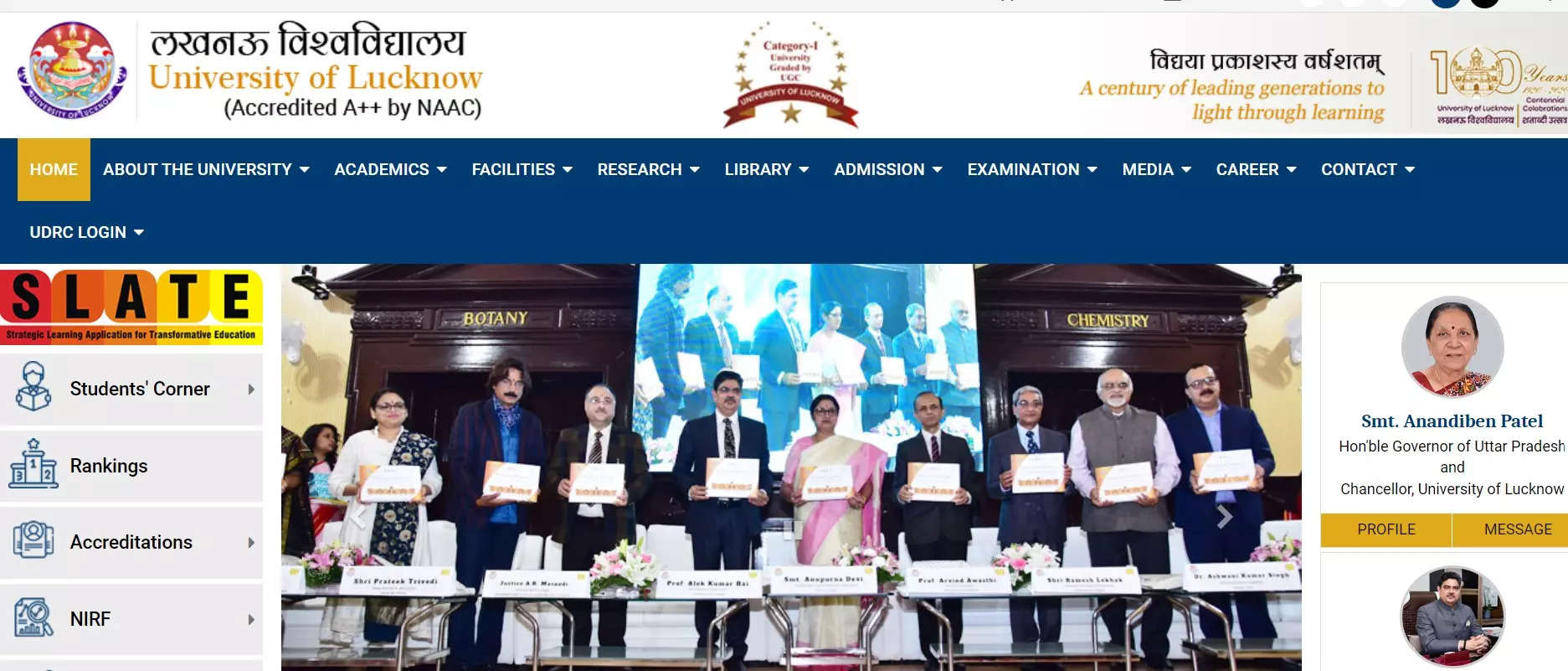ISRO's Stellar Achievements in 2023: A Glance at India's Space Prowess
India's Space Powers in the year 2023, the Indian Space Research Organization (ISRO) has etched a remarkable path, celebrating a sequence of triumphs that fortify its standing in the realm of space exploration. Seven flawless launches and the monumental success of Chandrayaan-3 spotlight India's expanding prowess in the cosmic arena. Let's delve into the key victories and breakthroughs that define ISRO's stellar year.

ISRO's Stellar Achievements in 2023: A Glance at India's Space Prowess
Embarking on a Cosmic Odyssey: ISRO's Triumphs in Space Exploration
In the year 2023, the Indian Space Research Organization (ISRO) has etched a remarkable path, celebrating a sequence of triumphs that fortify its standing in the realm of space exploration. Seven flawless launches and the monumental success of Chandrayaan-3 spotlight India's expanding prowess in the cosmic arena. Let's delve into the key victories and breakthroughs that define ISRO's stellar year.
1. SSLV-D2 Launch: Paving the Way for Small Satellites
In February, ISRO marked a significant milestone with the successful launch of SSLV-D2, the second developmental flight of the Small Satellite Launch Vehicle (SSLV). This innovative vehicle is designed to efficiently propel tiny, micro, or nanosatellites into a 500 km planar orbit. The SSLV-D2 launch ushered in a new era emphasizing low cost, quick turn-around time, and versatile launch capabilities, showcasing ISRO's commitment to innovation.

2. RLV LEX Mission: Mastering Reusable Launch Technology
April witnessed the completion of the Reusable Launch Vehicle Autonomous Landing Mission (RLV LEX) in Chitradurga, Karnataka. This successful test showcased ISRO's capability to autonomously and precisely land space re-entry spacecraft, a substantial leap forward in reusable launch technology.
3. PSLV-C55/TeLEOS-2 Launch: A Testament to Global Partnerships
In April, ISRO demonstrated its commitment to global collaboration through NewSpace India Limited (NSIL) with the launch of PSLV-C55/TeLEOS-2. This mission carried the TeLEOS-2 Synthetic Aperture Radar satellite and Lumelite-4, embodying the "Integrate, Transfer, and Launch" philosophy, showcasing ISRO's agility and skill in international partnerships.

4. Chandrayaan-3: India's Lunar Triumph
July marked a historic achievement with the launch of Chandrayaan-3, India's third lunar mission. The controlled landing of the Vikram lander near the lunar South Pole solidified India's reputation as a pioneering lunar explorer, furthering the nation's space ambitions.

5. Aditya L1 Mission: Unraveling Solar Mysteries
In September, ISRO launched Aditya L1, India's first solar exploration mission. Set to orbit around Lagrange point 1, this mission promises unprecedented insights into solar activity, contributing significantly to our understanding of space weather dynamics.

6. X-ray Polarimeter Satellite (XPoSat): Unveiling Cosmic Secrets
ISRO's plans for the future include the upcoming X-ray Polarimeter Satellite (XPoSat) mission. Following the success of Chandrayaan-3 and Aditya L1, this mission aims to investigate the polarization of cosmic X-rays. Let's delve into the details of this daring cosmic endeavor.
Unlocking the Mysteries of XPoSat: A Glimpse into ISRO's Next Mission
1. What is XPoSat?
The X-ray Polarimeter Satellite is an ambitious project by the Indian Space Research Organization designed to explore the polarization of cosmic X-rays. It is scheduled to launch on December 28, 2023, delving into the enigmatic world of cosmic X-ray polarization.
2. Purpose of XPoSat
XPoSat will play a crucial role in observing pulsars, X-ray binaries with black holes, active galactic nuclei, and non-thermal supernova remnants for at least five years. Its mission is to unravel the mysteries of cosmic X-rays and contribute to our understanding of the universe.
3. Payloads Aboard XPoSat
The satellite is equipped with two payloads: Polarimeter Instrument in X-rays (POLIX) and X-ray Spectroscopy and Timing (XSPECT).
a. POLIX: Investigating Cosmic Polarization
POLIX, developed by the Raman Research Institute, will study the polarization degree and angle of bright astronomical X-ray sources. The payload aims to test polarimetry characteristics in orbit, contributing to advancements in our cosmic understanding.
b. XSPECT: Unveiling X-ray Spectroscopy and Timing
XSPECT, created by the Space Astronomy Group, focuses on measuring spectroscopic information and soft X-ray timing. This secondary payload is dedicated to investigating soft X-ray timing, studying the long-term behavior of X-ray sources and providing valuable insights into celestial phenomena.
ISRO initiated the XPoSat project in September 2017 with a $95,000,000 grant, showcasing its commitment to pushing the boundaries of cosmic exploration. The completion of the POLIX Qualification Model and the manufacture of Flight Model components marked significant progress in the project, underscoring ISRO's dedication to unraveling the secrets of the cosmos.
In conclusion, ISRO's accomplishments in 2023 not only underscore India's commitment to space exploration but also lay the groundwork for future cosmic endeavors. As we look forward to the XPoSat mission, we anticipate yet another chapter in India's cosmic journey, unraveling the mysteries of the universe.










